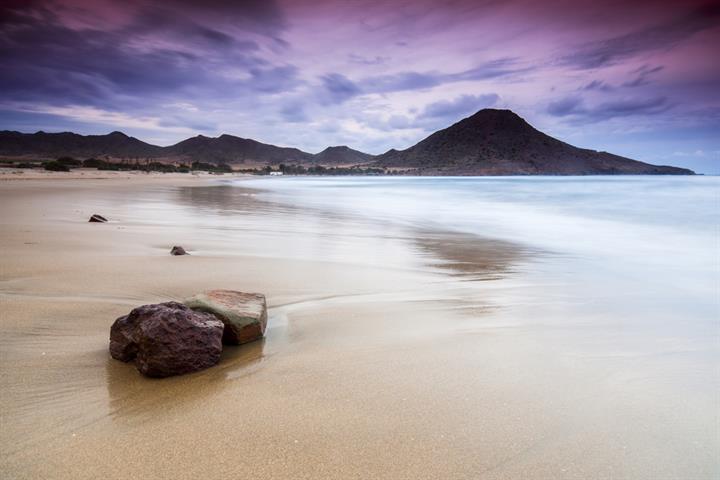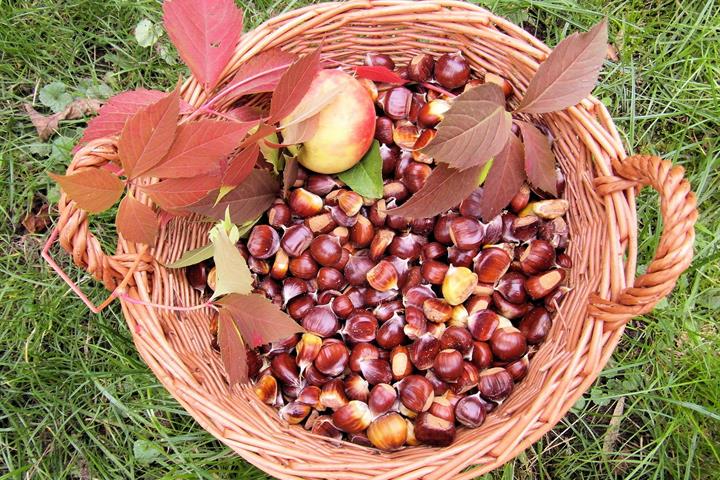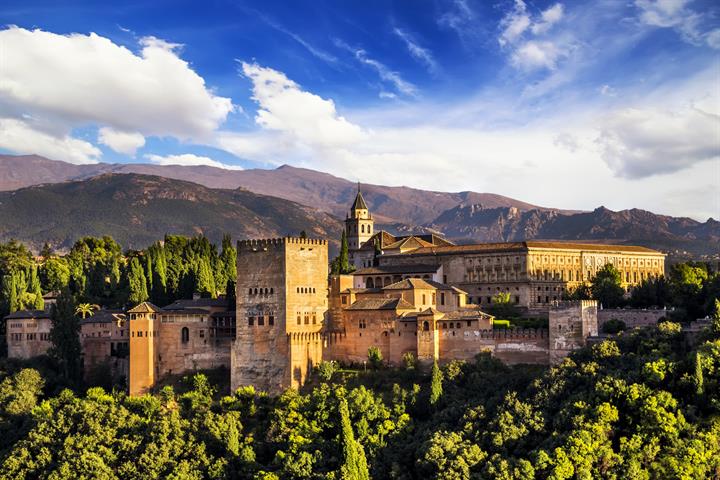La Herradura - informacja turystyczna i wideo
Informacje wakacyjne, fakty, zdjęcia i wideo - La Herradura
Wyróżnione domy wakacyjne w w La Herradura
Rzeczy do zrobienia
Opinie - La Herradura
Średnia ocen - Na podstawie 494 opinii.
Miasto
Wybrzeże
| Miasto: | |
| Wybrzeże: |
Dodany przez: Terje Kvitberg
2021-11-20
Ta opinia jest w języku angielski
Ta opinia jest w języku angielski
Zgłoś nadużycie
Uważasz, że to nadużycie
| Miasto: | |
| Wybrzeże: |
Dodany przez: Britta Helene Folden
2021-11-01
Ta opinia jest w języku angielski
Ta opinia jest w języku angielski
Zgłoś nadużycie
Uważasz, że to nadużycie
| Miasto: | |
| Wybrzeże: |
Dodany przez: MARK LLOYD
2021-10-17
Ta opinia jest w języku angielski
Ta opinia jest w języku angielski
Zgłoś nadużycie
Uważasz, że to nadużycie
| Miasto: | |
| Wybrzeże: |
Dodany przez: Helen Walker
2021-10-13
Ta opinia jest w języku angielski
Ta opinia jest w języku angielski
Zgłoś nadużycie
Uważasz, że to nadużycie
| Miasto: | |
| Wybrzeże: |
Dodany przez: Coyle Family
2021-10-01
Ta opinia jest w języku angielski
Ta opinia jest w języku angielski
Zgłoś nadużycie
Uważasz, że to nadużycie
| Miasto: | |
| Wybrzeże: |
Dodany przez: José Antonio
2021-09-23
Ta opinia jest w języku hiszpański
Ta opinia jest w języku hiszpański
Zgłoś nadużycie
Uważasz, że to nadużycie
| Miasto: | |
| Wybrzeże: |
Dodany przez: Theresa
2021-09-13
Ta opinia jest w języku angielski
Ta opinia jest w języku angielski
Zgłoś nadużycie
Uważasz, że to nadużycie
| Miasto: | |
| Wybrzeże: |
Dodany przez: Duncan ASPINALL
2021-09-07
Ta opinia jest w języku angielski
Ta opinia jest w języku angielski
Zgłoś nadużycie
Uważasz, że to nadużycie
| Miasto: | |
| Wybrzeże: |
Dodany przez: Dana and AJ Reiss
2021-08-20
Ta opinia jest w języku angielski
Ta opinia jest w języku angielski
Zgłoś nadużycie
Uważasz, że to nadużycie
| Miasto: | |
| Wybrzeże: |
Dodany przez: Philippe
2021-08-18
Ta opinia jest w języku angielski
Ta opinia jest w języku angielski
Zgłoś nadużycie
Uważasz, że to nadużycie
| Miasto: | |
| Wybrzeże: |
Dodany przez: Sharon Lowry
2021-08-08
Ta opinia jest w języku angielski
Ta opinia jest w języku angielski
Zgłoś nadużycie
Uważasz, że to nadużycie
| Miasto: | |
| Wybrzeże: |
Dodany przez: zsolt dr.félegyházy
2021-08-06
Ta opinia jest w języku angielski
Ta opinia jest w języku angielski
Zgłoś nadużycie
Uważasz, że to nadużycie
| Miasto: | |
| Wybrzeże: |
Dodany przez: MARÍA DEL CARMEN RUIZ MARTÍNEZ
2021-08-02
Ta opinia jest w języku hiszpański
Ta opinia jest w języku hiszpański
Zgłoś nadużycie
Uważasz, że to nadużycie
| Miasto: | |
| Wybrzeże: |
Dodany przez: Ana Moral Castro
2021-08-02
Ta opinia jest w języku angielski
Ta opinia jest w języku angielski
Zgłoś nadużycie
Uważasz, że to nadużycie
| Miasto: | |
| Wybrzeże: |
Dodany przez: Michael Poulsen
2021-08-02
Ta opinia jest w języku angielski
Ta opinia jest w języku angielski
Zgłoś nadużycie
Uważasz, że to nadużycie
| Miasto: | |
| Wybrzeże: |
Dodany przez: Vibeke Bundgaard
2021-07-19
Ta opinia jest w języku angielski
Ta opinia jest w języku angielski
Zgłoś nadużycie
Uważasz, że to nadużycie
| Miasto: | |
| Wybrzeże: |
Dodany przez: Teresa Peralta
2021-06-18
Ta opinia jest w języku angielski
Ta opinia jest w języku angielski
Zgłoś nadużycie
Uważasz, że to nadużycie
| Miasto: | |
| Wybrzeże: |
Dodany przez: Tai Wright
2021-05-02
Ta opinia jest w języku angielski
Ta opinia jest w języku angielski
Zgłoś nadużycie
Uważasz, że to nadużycie
| Miasto: | |
| Wybrzeże: |
Dodany przez: xavier
2020-09-17
Ta opinia jest w języku angielski
Ta opinia jest w języku angielski
Zgłoś nadużycie
Uważasz, że to nadużycie
| Miasto: | |
| Wybrzeże: |
Dodany przez: Víctor Jerez
2020-08-27
Ta opinia jest w języku angielski
Ta opinia jest w języku angielski
Zgłoś nadużycie
Uważasz, że to nadużycie





